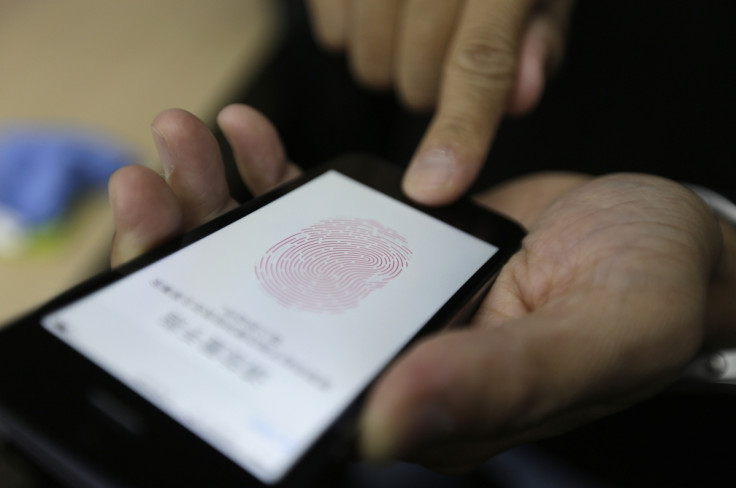Error 53: Should Apple really be target of class-action lawsuit?

A class action lawsuit has been filed against Apple and its controversial Error 53, which 'bricks' iPhones and stops them from working if they have been repaired by anyone who is not certified by Apple. The lawsuit asks for Apple to replace the bricked and unusable phones of every user affected by Error 53.
What is Error 53?
Recently updated, iOS now knows if the home button of an iPhone 6 or 6S has been replaced by someone other than Apple. Because it contains the Touch ID fingerprint sensor, Apple deems this part to be important and will not allow third parties to replace it. A malicious repairman could fit a home button that steals the user's fingerprint, for example.
Filed by law firm PCVA to the US District Court for the North District of California, the lawsuit takes issue with how Apple quietly introduced Error 53 through a software update. The situation now is that iPhones not running the new iOS software cannot be shut down by Error 53, but models with the latest software can. The firm argues that this is not fair.
Darrell Cochran, the lawyer fronting this case, said: "If security was the primary concern, then why did the phones work just fine, something for several months, without the software update? Error 53 only rears its ugly head when downloading a newer version of Apple's operating system."
Cochran also complains that Apple has not communicated the reasons for installing the software that can cause Error 53.
But should Apple be on the receiving end of a lawsuit?
The answer is yes and no. Firstly, installing the software without telling anyone is a move that was bound to cause Apple and its loyal fans a headache. With so many mobile phone repair shops − many not authorised by Apple, but with the right screwdrivers − users are bound to consider them when they need a new battery or screen.
This is usually fine, because Error 53 only relates to the home button and its Touch ID fingerprint sensor. If this is detached and replaced, the iPhone knows this and shuts down. There is no known way to bring the phone back to life.
Users are annoyed because they have had their home button replaced with no problems up until the change. It was only after the new software was installed that the phone realised it had been tampered with. Imagine getting your car fixed at the local independent garage and all is fine, then you take it to the official dealership a year later for something else and they tell you, because you went elsewhere for the last fix, that you can no longer drive the car.
A threat to your security
Now let us look at Apple's side. Touch ID is used to secure the phone, like a PIN or password, but it is also used instead of a password for iCloud, the App Store and iTunes. Banking applications from high street banks and credit cards also let customers sign in with Touch ID. If the system were hacked or somehow compromised, then it doesn't take much imagination to understand the consequences.
Not least after Apple spoke proudly of fingerprints being held safely in a "secure enclave" of the iPhone's processor, and never uploaded to any servers. In short, hacking Touch ID would be a PR nightmare.
It would be very easy to say Apple has done this to ensure iPhone owners only go to Apple Stores for repairs, putting money back into the company's pocket. It would also be easy to say this is yet another example of Apple's 'walled garden' approach that takes control away from its customers. And yes, it would be easy (and right) to say Apple should have been more upfront about what Error 53 would do before the software update was installed. A message like: "Have you had your home button replaced? If so, visit Apple before installing" would have headed off many of the complaints.
A lawsuit is not going to help the few customers who got a cheap fix for their iPhones, but maybe the press coverage will encourage Apple to speak up more clearly next time it wants to protect itself and its customers.
© Copyright IBTimes 2024. All rights reserved.






